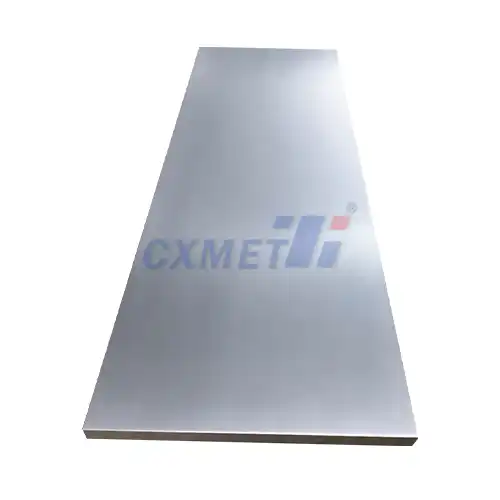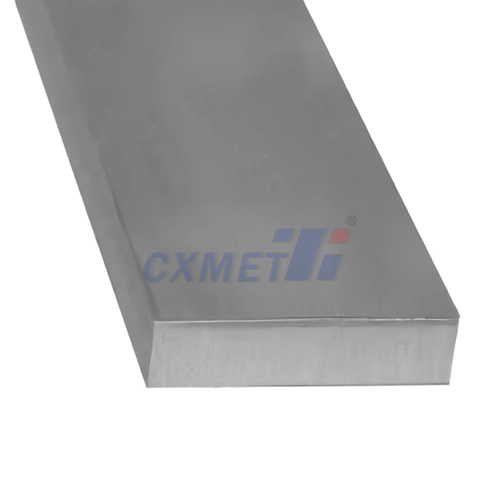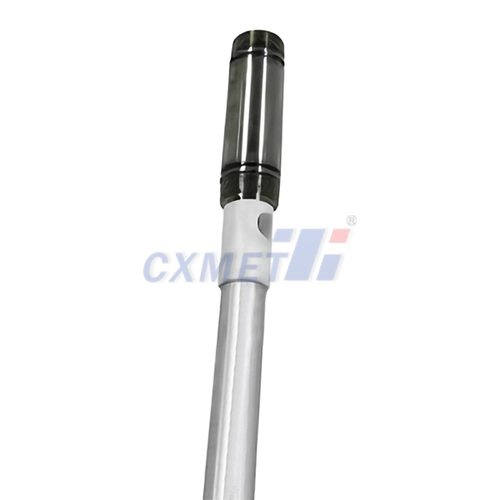- English
- French
- German
- Portuguese
- Spanish
- Russian
- Japanese
- Korean
- Arabic
- Greek
- German
- Turkish
- Italian
- Danish
- Romanian
- Indonesian
- Czech
- Afrikaans
- Swedish
- Polish
- Basque
- Catalan
- Esperanto
- Hindi
- Lao
- Albanian
- Amharic
- Armenian
- Azerbaijani
- Belarusian
- Bengali
- Bosnian
- Bulgarian
- Cebuano
- Chichewa
- Corsican
- Croatian
- Dutch
- Estonian
- Filipino
- Finnish
- Frisian
- Galician
- Georgian
- Gujarati
- Haitian
- Hausa
- Hawaiian
- Hebrew
- Hmong
- Hungarian
- Icelandic
- Igbo
- Javanese
- Kannada
- Kazakh
- Khmer
- Kurdish
- Kyrgyz
- Latin
- Latvian
- Lithuanian
- Luxembou..
- Macedonian
- Malagasy
- Malay
- Malayalam
- Maltese
- Maori
- Marathi
- Mongolian
- Burmese
- Nepali
- Norwegian
- Pashto
- Persian
- Punjabi
- Serbian
- Sesotho
- Sinhala
- Slovak
- Slovenian
- Somali
- Samoan
- Scots Gaelic
- Shona
- Sindhi
- Sundanese
- Swahili
- Tajik
- Tamil
- Telugu
- Thai
- Ukrainian
- Urdu
- Uzbek
- Vietnamese
- Welsh
- Xhosa
- Yiddish
- Yoruba
- Zulu
How Can Nickel-Chromium Alloy Welding Wire be Used in Specific Welding Processes?
Nickel-Chromium Alloy Welding Wire is a versatile and high-performance welding consumable widely used in various industrial applications. This specialized wire is designed to provide exceptional strength, corrosion resistance, and heat tolerance in welded joints. Its unique composition, primarily consisting of nickel and chromium with small amounts of other alloying elements, makes it ideal for welding a range of materials, particularly in demanding environments. In this blog post, we'll explore the specific welding processes where Nickel-Chromium Alloy Welding Wire excels and discuss its key advantages and applications.
What are the advantages of using Nickel-Chromium Alloy Welding Wire in TIG welding?
TIG (Tungsten Inert Gas) welding, also known as GTAW (Gas Tungsten Arc Welding), is a precise and versatile welding process that benefits greatly from the use of Nickel-Chromium Alloy Welding Wire. This wire offers several advantages when used in TIG welding applications:
Superior Weld Quality: Nickel-Chromium Alloy Welding Wire produces clean, high-quality welds with excellent fusion and penetration. The wire's composition allows for smooth arc characteristics, reducing the likelihood of defects such as porosity or lack of fusion. This results in stronger, more reliable welds that can withstand demanding service conditions.
Corrosion Resistance: One of the primary advantages of using Nickel-Chromium Alloy Welding Wire in TIG welding is its exceptional corrosion resistance. The high nickel and chromium content forms a protective oxide layer on the weld surface, providing excellent resistance to various corrosive environments, including acids, alkalis, and salt water. This makes it ideal for applications in chemical processing plants, offshore structures, and marine environments.
High-Temperature Performance: Nickel-Chromium Alloy Welding Wire maintains its strength and integrity at elevated temperatures, making it suitable for TIG welding components that will be exposed to high-temperature service conditions. This property is particularly valuable in industries such as aerospace, power generation, and petrochemical processing, where welded parts may be subjected to extreme heat.
Versatility: The wire can be used to weld a wide range of base materials, including stainless steels, nickel alloys, and dissimilar metal combinations. This versatility makes it a valuable option for fabricators working with diverse materials in industries such as automotive, aerospace, and general manufacturing.
Low Magnetic Permeability: Nickel-Chromium Alloy Welding Wire typically exhibits low magnetic permeability, which is advantageous in applications where magnetic properties need to be minimized. This characteristic is particularly important in certain scientific instruments, electrical components, and specialized industrial equipment.
Improved Weldability: The wire's composition aids in the formation of a stable arc during TIG welding, allowing for better control and manipulation of the weld pool. This improved weldability translates to easier handling for welders, especially when working on complex geometries or in tight spaces.
How does Nickel-Chromium Alloy Welding Wire perform in MIG welding applications?
MIG (Metal Inert Gas) welding, also referred to as GMAW (Gas Metal Arc Welding), is a widely used welding process in various industries. Nickel-Chromium Alloy Welding Wire has found its place in MIG welding applications due to its unique properties and performance characteristics:
High Deposition Rates: In MIG welding, Nickel-Chromium Alloy Welding Wire offers high deposition rates, allowing for faster welding speeds and increased productivity. This is particularly beneficial in large-scale fabrication projects or when working with thick materials that require multiple passes.
Excellent Feedability: The wire's composition and manufacturing process result in a smooth surface finish and consistent diameter, ensuring excellent feedability through MIG welding wire feeders. This reduces the risk of feed-related issues such as bird-nesting or arc instability, leading to more consistent welds and reduced downtime.
Spatter Reduction: Nickel-Chromium Alloy Welding Wire tends to produce less spatter during MIG welding compared to some other wire types. This characteristic not only improves the aesthetic appearance of the welds but also reduces post-weld cleaning time and associated costs.
Wide Operating Range: The wire performs well across a broad range of welding parameters, including various voltage and amperage settings. This flexibility allows welders to optimize their welding procedures for different joint configurations and material thicknesses.
Shielding Gas Compatibility: Nickel-Chromium Alloy Welding Wire is compatible with a variety of shielding gas mixtures commonly used in MIG welding. This includes pure argon, argon-helium blends, and in some cases, small additions of oxygen or carbon dioxide. The choice of shielding gas can be tailored to enhance specific weld characteristics or to suit particular base materials.
Resistance to Hot Cracking: The composition of Nickel-Chromium Alloy Welding Wire helps mitigate the risk of hot cracking, a common issue in welding certain alloys. This property is particularly valuable when welding materials prone to this type of defect, such as some grades of stainless steel or nickel-based superalloys.
Improved Mechanical Properties: Welds made with Nickel-Chromium Alloy Welding Wire in MIG applications often exhibit superior mechanical properties, including high tensile strength, good ductility, and excellent impact resistance. These characteristics make it suitable for applications requiring high-performance welds, such as in pressure vessels or structural components.
What are the key considerations when using Nickel-Chromium Alloy Welding Wire in SAW processes?
Submerged Arc Welding (SAW) is a high-productivity welding process often used for large-scale fabrication and thick material applications. When using Nickel-Chromium Alloy Welding Wire in SAW processes, several key considerations come into play:
Flux Selection: Choosing the right flux is critical when using Nickel-Chromium Alloy Welding Wire in SAW. The flux must be compatible with the wire composition to ensure proper slag formation, weld metal chemistry, and overall weld quality. Typically, neutral or basic fluxes are preferred to maintain the alloy composition and desired mechanical properties of the weld metal.
Heat Input Control: SAW processes generally involve higher heat inputs compared to other welding methods. When using Nickel-Chromium Alloy Welding Wire, it's important to carefully control the heat input to prevent excessive grain growth or other microstructural changes that could affect the weld's properties. This may involve adjusting welding parameters such as voltage, current, and travel speed.
Multi-Pass Welding Techniques: For thick materials, multi-pass welding is often necessary. When using Nickel-Chromium Alloy Welding Wire in SAW, special attention should be given to interpass temperature control and proper sequencing of weld passes to maintain the desired mechanical and corrosion-resistant properties throughout the weld.
Dilution Management: In SAW, the high deposition rates can lead to significant dilution of the base material into the weld metal. When using Nickel-Chromium Alloy Welding Wire, it's important to manage dilution levels to ensure that the final weld composition meets the required specifications, especially in terms of corrosion resistance and mechanical properties.
Post-Weld Heat Treatment: Depending on the specific alloy composition and application requirements, post-weld heat treatment may be necessary when using Nickel-Chromium Alloy Welding Wire in SAW. This treatment can help relieve residual stresses, improve ductility, and enhance the overall performance of the welded joint.
Quality Control Measures: Due to the high-stakes nature of many applications using Nickel-Chromium Alloy Welding Wire in SAW, implementing robust quality control measures is crucial. This may include regular chemical analysis of the weld metal, non-destructive testing techniques such as radiography or ultrasonic testing, and mechanical property testing to ensure compliance with project specifications.
Environmental Considerations: SAW processes generate significant amounts of flux and slag. When using Nickel-Chromium Alloy Welding Wire, proper handling and disposal of these by-products are important, as they may contain trace amounts of alloying elements that require special consideration from an environmental and health perspective.
In conclusion, Nickel-Chromium Alloy Welding Wire is a versatile and high-performance welding consumable that finds applications across various welding processes, including TIG, MIG, and SAW. Its unique properties, such as excellent corrosion resistance, high-temperature performance, and superior mechanical characteristics, make it invaluable in industries ranging from aerospace and chemical processing to power generation and marine applications. By understanding the specific advantages and considerations associated with each welding process, fabricators and welding engineers can leverage the full potential of Nickel-Chromium Alloy Welding Wire to produce high-quality, durable welds that meet the most demanding service requirements.
At SHAANXI CXMET TECHNOLOGY CO., LTD, we take pride in our extensive product range, which caters to diverse customer needs. Our company is equipped with outstanding production and processing capabilities, ensuring the high quality and precision of our products. We are committed to innovation and continuously strive to develop new products, keeping us at the forefront of our industry. With leading technological development capabilities, we are able to adapt and evolve in a rapidly changing market. Furthermore, we offer customized solutions to meet the specific requirements of our clients. If you are interested in our products or wish to learn more about the intricate details of our offerings, please do not hesitate to contact us at sales@cxmet.com. Our team is always ready to assist you.
References:
1. American Welding Society. (2021). Welding Handbook, Volume 5: Materials and Applications, Part 2.
2. Davis, J.R. (2006). Corrosion of Weldments. ASM International.
3. Kou, S. (2003). Welding Metallurgy. John Wiley & Sons.
4. Lippold, J.C., & Kotecki, D.J. (2005). Welding Metallurgy and Weldability of Stainless Steels. John Wiley & Sons.
5. The Lincoln Electric Company. (2022). The Procedure Handbook of Arc Welding, 15th Edition.
6. DuPont, J.N., Lippold, J.C., & Kiser, S.D. (2009). Welding Metallurgy and Weldability of Nickel-Base Alloys. John Wiley & Sons.
7. Olson, D.L., et al. (1993). ASM Handbook, Volume 6: Welding, Brazing, and Soldering. ASM International.
8. The James F. Lincoln Arc Welding Foundation. (2000). The Procedure Handbook of Arc Welding, 14th Edition.
9. Special Metals Corporation. (2021). Inconel Alloy 625 Technical Data Sheet.
10. TWI Ltd. (2022). "Welding of Nickel Alloys - Job Knowledge 147." TWI Global.





